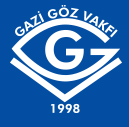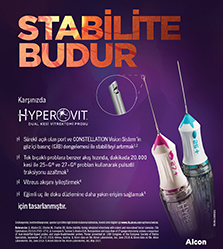Retina-Vitreous
2022 , Vol 31 , Num 1
Faricimab- Can it Reset the Recent Safety Doomed Innovations in Retinal Pharmacotherapy?
MD, Lotus Eye Hospital and Institute, Avinashi Road, Coimbatore, TN, India
DOI :
10.37845/ret.vit.2022.31.1
After the consecutive success of multiple anti-VEGF molecules in the last decade such as ranibizumab, bevacizumab and aflibercept, innovations
in the retinal pharmacotherapy has gone through a rough phase in the recent past. Multiple promising molecules such as brolucizumab and
aflibercept faced drug induced inflammation. Furthermore ranibizumab port delivery system was associated with procedure related vitreous
hemorrhage, which though improved after modification in the surgical procedure, still is a challenge. Faricimab is another innovative molecule
that has shown excellent safety and efficacy in the phase 3 trials. We hope that entry of Faricimab might reset the recent safety doomed
innovations in retinal pharmacotherapy?
Keywords :
Faricimab, Anti-VEGF, Long acting



